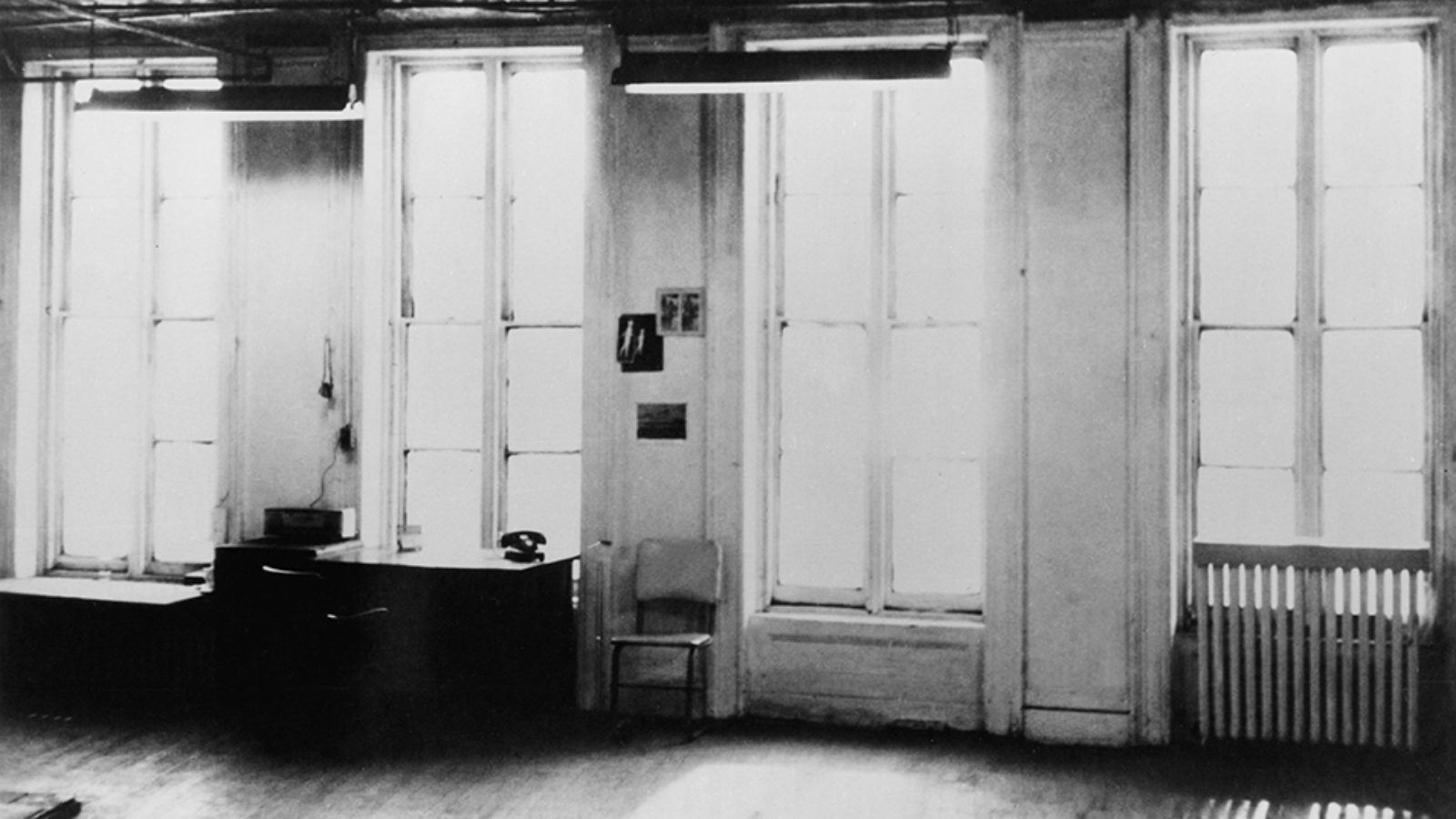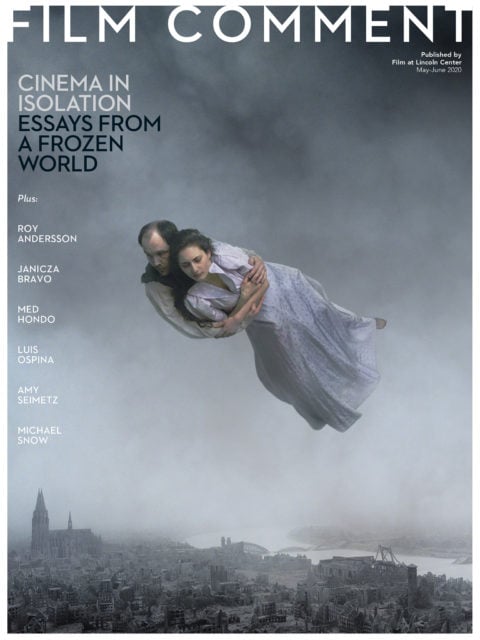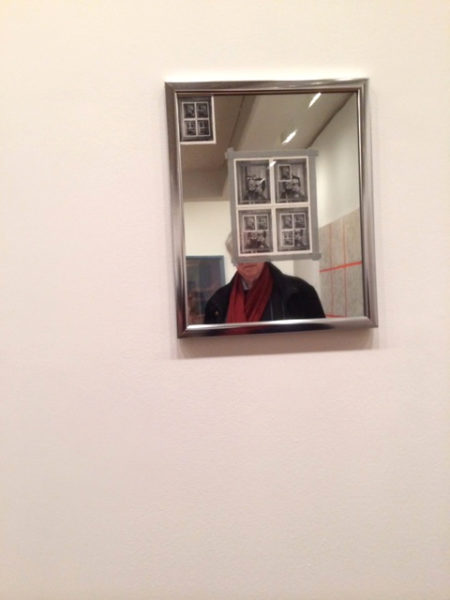
Infinite Spirit: Michael Snow
A near-complete retrospective of films by Michael Snow at Anthology Film Archives originally scheduled for April has been put on hold. Here is the opening of what was planned as a related correspondence between Snow and me. [Typographical idiosyncrasies have been left intact.]

In 1964, Richard Foreman and I (then married) were introduced to you and Joyce Wieland (then married) by Ken and Flo Jacobs (still married) outside the Astor Place Theatre, where your first major film, New York Eye and Ear Control, was about to screen.
Your reminiscence caused mine: I’m honored to have known such wonderful people as you, Ken and Flo Jacobs, and Joyce Wieland. The theater of Richard Foreman is the greatest that I have experienced. I was lucky to be the sound person in the presentation of one of his plays. New York Eye and Ear Control was commissioned by a group of Toronto composers called Ten Centuries Concerts; the film had its premiere in Toronto in a very impressive concert hall. I was surprised to see people getting up and leaving very early in the projection of the film. The first five minutes or so are silent, and then the powerful free jazz music of Albert Ayler, Don Cherry, and the other musicians starts. The next day, the Toronto Star published a review with the unforgettable headline, “300 Flee From Far-Out Film.”
After that, N Y Eye and Ear had two New York projections: the one you mentioned and another in a small theater in the Village. I was standing in the entrance foyer, waiting for the film to start when 10 or 15 people, including Andy Warhol (whom I didn’t know but recognized), arrived. The people were all in a film that Warhol was making and were at the theater to see rushes. With this small audience, NY Eye and Ear was shown. The audience catcalled, booed, whistled, and threw paper at the screen. The film ended, and surprisingly, there was also some strong applause. Two people in the audience jumped up and ran to the booth where I was standing with the projectionist. They were very excited and said, “That was wonderful. Who did that?” I said that I was the maker of the film, and we had a short conversation, and they introduced themselves: Andy Warhol and Gerard Malanga.
In the questions you sent me, you said, “Free jazz refuses anything that is established before the fact of the particular performance.” That’s good. In …Eye and Ear Control, there is some directing. I chose the group that plays in the soundtrack. I asked the musicians to play approximately 30 minutes of ensemble improvisation, no solos and no previously used themes. I was hoping for an uninterrupted stream of energy against which I was going to place the almost completely static shots of the two-dimensional Walking Woman figure, either negative or positive. The picture was edited with no reference to what sound episode might accompany it. It is an attempt to make a simultaneity of “eye” with “ear.” And the music was created to be a movie sound track, not to just be “music.”

Michael Snow (Photo by Amy Taubin)
You’ve played jazz piano since you were a teenager and you continue to give concerts today.
Free improvisation is what jazz desired from its beginning. In the ’50s, I was attracted to what seemed to be the extraordinary freedom that jazz musicians had stylistically, compared to other genres of music. Now, each time I play, I continue the investigations that I was involved with the last time I played. It’s “continuous composition.”
Amy Taubin is a contributing editor to Film Comment and Artforum.







